detail profile p adams sitney
Peran Yang Di Mainkan P. Adams Sitney
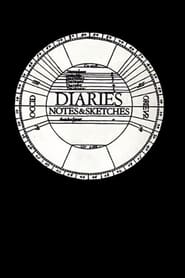 An epic portrait of the New...
An epic portrait of the New...Diaries, Notes, and Sketches 2013
An epic portrait of the New York avant-garde art scene of the 60s.
 A compilation of over 30 years of...
A compilation of over 30 years of...As I Was Moving Ahead, Occasionally I Saw Brief Glimpses of Beauty 2000
A compilation of over 30 years of private home movie footage shot by Lithuanian-American avant-garde director Jonas Mekas, assembled by Mekas "purely by chance", without concern for chronological order.
 BRAKHAGE explores the depth and breadth...
BRAKHAGE explores the depth and breadth...Brakhage 1998
BRAKHAGE explores the depth and breadth of the filmmaker’s genius, the exquisite splendor of his films, his magic personal charm, his aesthetic fellow travelers, and the influence his work has had on generations of other creators. While touching on significant moments in Brakhage’s biography, the film celebrates Brakhage’s visionary genius, and explores the extraordinary artistic possibilities of cinema, a medium mostly known only for its commercial applications in the form of narratives, cartoons, documentaries, and advertising. BRAKHAGE combines excerpts from Brakhage’s films and films of other avant-garde filmmakers (eg, George Kuchar, Jonas Mekas, Willie Varela, Bruce Elder, and others); interviews with Brakhage, his friends, family, colleagues, and critics; archival footage of Brakhage spanning the past thirty-five years; and location shooting in Boulder, Colorado and New York.
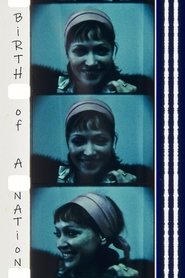 Filmmaker Jonas Mekas films 160 underground film...
Filmmaker Jonas Mekas films 160 underground film...Birth of a Nation 1997
Filmmaker Jonas Mekas films 160 underground film people over four decades.
 This is a 1991 documentary film about...
This is a 1991 documentary film about...Joseph Cornell: Worlds in a Box 1991
This is a 1991 documentary film about the legendary artist and filmmaker, Joseph Cornell, who made those magnificent and strange collage boxes. He was also one of our great experimental filmmakers and once apparently made Salvador Dali extremely jealous at a screening of his masterpiece, Rose Hobart. In this film we get to hear people like Susan Sontag, Stan Brakhage, and Tony Curtis talk about their friendships with the artist. It turns out that Curtis was quite a collector and he seemed to have a very deep understanding of what Cornell was doing in his work.
 A film collage tracing the story...
A film collage tracing the story...He Stands in a Desert Counting the Seconds of His Life 1986
A film collage tracing the story of the lives, loves, and deaths within the artistic community surrounding Jonas Mekas.
 During the summer of 1966 Jonas Mekas...
During the summer of 1966 Jonas Mekas...Notes for Jerome 1978
During the summer of 1966 Jonas Mekas spent two months in Cassis, as a guest of Jerome Hill. Mekas visited him briefly again in 1967, with P. Adams Sitney. The footage of this film comes from those two visits. Later, after Jerome died, Mekas visited his Cassis home in 1974. Footage of that visit constitutes the epilogue of the film. Other people appear in the film, all friends of Jerome.
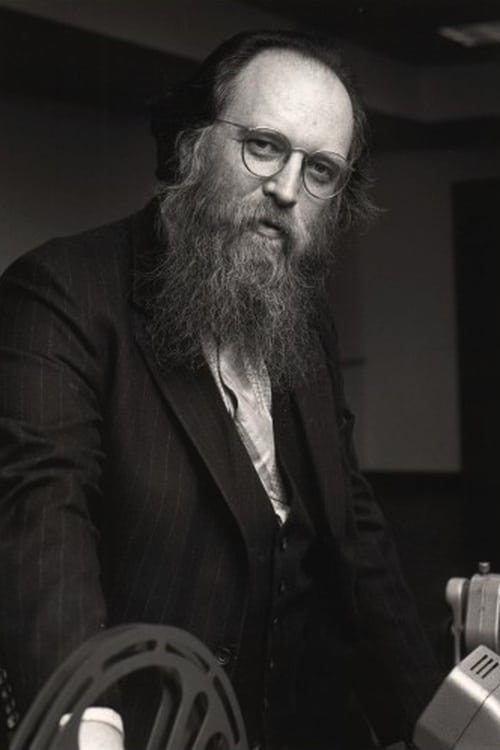
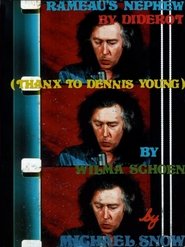 Various unrelated vignettes often juxtaposing sound...
Various unrelated vignettes often juxtaposing sound...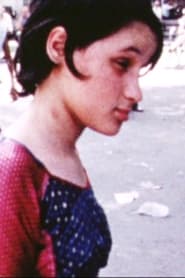 A film by Alfredo Leonardi
A film by Alfredo Leonardi